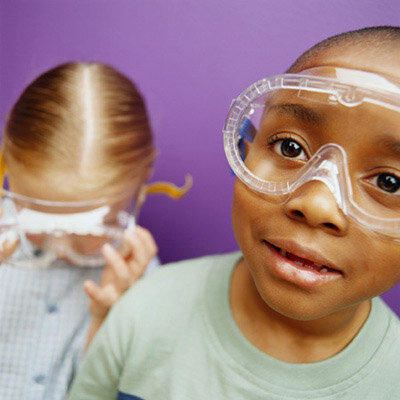Dutch ESA astronaut goes to ISS with hefty package of scientific experiments
ESA astronaut André Kuipers will depart for the International Space Station (ISS) at the end of April. After Wubbo Ockels he is the second Dutchman to journey into space and the first to visit the Space Station. In his luggage, Kuipers will carry fifteen scientific experiments, most of them Dutch.
The DELTA Mission was made possible, in part, by the Ministry of Economic Affairs and the Ministry of Education, Culture and Science. Both ministries wish to use the space flight to emphasise the important role played by the Netherlands and Europe in international space travel.

Kuipers will join a Soyuz flight, to be launched by the Russian space organisation, in the role of First Engineer. The launch is planned for 19 April 2004, from Baikonur Cosmodrome in Kazakhstan. Together with Russian cosmonaut Gennadi Padalka and NASA astronaut Mike Fincke, he will make the two-day journey to the Space Station.
The DELTA Mission will take ten days in all and has four objectives.
1. Replace the Soyuz lifeboat
The first is to replace the Soyuz TMA-3 capsule, which is currently attached to ISS, with TMA-4. The Soyuz serves as a 'lifeboat' and must be replaced every six months to ensure that it is in the best possible condition.

2. Change of permanent crew
The mission's second objective is the changeover of the permanent crew. Padalka and Fincke will take up the torch from Alexander Kaleri (Russia) en Michael Foale (USA), who by then will have lived on board the ISS for half a year. Kuipers will return to Earth with them in the Soyuz TMA-3.
3. Science experiments
In his eight days on board the Station, Kuipers will work on the mission's third objective – a package of about fifteen scientific experiments. For example, he will study a new type of light bulb for Philips and the Technische Universiteit Eindhoven.
You can find out more about the biological, medical and physiological experiments that will be carried out during the DELTA Mission by clicking on the link Experiment overview.

4. Education
Finally, the DELTA Mission has a significant educational component. At the same time as schoolchildren back on Earth, Kuipers will grow salad cress in a project called "Seeds in Space". The aim is to show the effect of gravity on the growth of plants.
In the VIDEO-3 project he will also record how living in space affects the human body. The results of this project will be made available on DVD to secondary schools in the Netherlands and other ESA Member States. Via ESA's "Zeg het ISS" ("Speak Up") project, children will also have an opportunity to speak to André Kuipers while he is in space.
Minister van der Hoeven of the Ministry of Education, Culture and Science hopes that the DELTA Mission will inspire young people in the Netherlands to opt for science-oriented subjects in their further education. She says that she can imagine no better classroom for inspiring experiments than the vast expanses of space outside the Earth's atmosphere. Both ministers would like to use the flight to reiterate the importance of space travel in general and, in particular, the possibilities for innovation that space travel offers to industry in the Netherlands.
Others involved in the DELTA Mission
Apart from the two ministries, the Space Research Organisation Netherlands (SRON) and the Netherlands Agency for Aerospace Programmes (Dutch abbreviation: NIVR) are closely involved in the mission. Furthermore, every experiment carried out by André Kuipers on board the International Space Station is supported by an entire team of scientists from various Dutch and European institutions.


